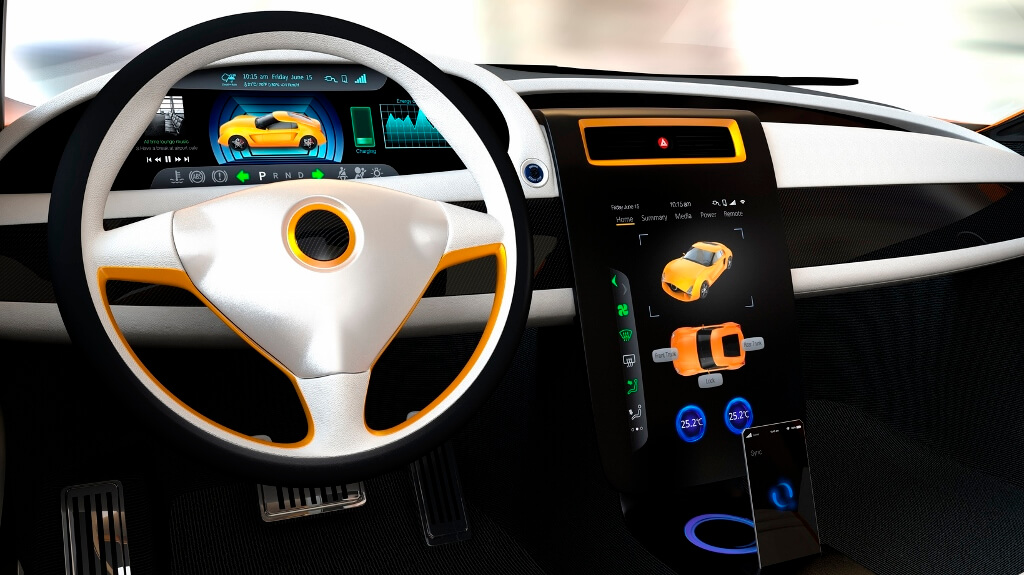Four New Tech Developments To Boost Supply Chains
Suddenly, logistics has become a hive of creativity activity thanks to smart technology.

The driving force behind software development is finding fresh, uncongested markets where new ideas can have an impact and make a difference. Despite fierce competition, it is still possible to do this in certain areas of the consumer and enterprise markets.
The logistics and supply chain sector, for example, has been transformed by technology but developers are realising that they can be more creative in their approach to solutions that influence the production and distribution of goods.
There are a host of technological advancements that are now picking up speed and which provide opportunities for developers to create new software and hardware programmes in the supply chain. We’re going to focus on just four: drones, wearables, Raspberry Pi and app stores.
All four are based on the success of smartphones and tablets and bring new possibilities to support enterprise business processes ranging from hands-free order picking to inventory management.
Drones
There’s so much more to drones than just recreational flying toys piloted by kids and hobbyists. True, there are recreational versions but enterprise-grade drones, while still being prohibitively expensive, are manufactured using durable materials, advanced flight controls, and high-definition/4K cameras for recording videos and still images.
As such, there is a great deal of potential for using their inherent technology in a warehouse to monitor inventory, capture data and transport lightweight goods from one location to another. Outside the warehouse, Amazon has already outlined its plans for a service called Prime Air, which would use drones to deliver packages weighing up to five pounds.
Thanks to efforts like Dronecode from The Linux Foundation, open-source platforms for drones are giving developers the resources and tools they need to build useful software for these airborne assistants.
Wearables
While laptops, tablets and smartphone devices are limited to hands-on approaches for most tasks, wearables, by comparison, can deliver information and interact with a user through a variety of other means, many completely hands-free, which increases productivity.
Whether it’s a smartwatch delivering notifications through taps on your wrist, or a device like Google Glass or Microsoft HoloLens overlaying inventory information on the real world, wearables are still a relatively untapped territory for many developers. Growth in the market, however, is exponential and the opportunity to make an impact on the supply chain and logistics sector is enormous.
Raspberry Pi
Designed as a mini computer to help children learn how to program, the Raspberry Pi, with its refreshingly low sub-£25 price, has attracted a swarm of smaller businesses, who can expand it with camera modules, WiFi through a USB, touchscreen displays, etc.
The Raspberry Pi is still at a comparatively early stage, and is unique in offering developers an opportunity to get creative with their programming. It is not only inexpensive, but is also powerful, customizable and can be deployed in every step of the supply chain to open up endless Internet of Things (IoT) prospects for developers.
App Stores
Creating great software is a challenge, but marketing that software effectively so that it reaches customers is even more difficult.
App stores are making a big difference, enabling software distribution so that developers can focus more attention on the software itself, while customers in the supply chain can find, purchase and update mobile/desktop apps in a familiar environment that doesn’t add any complexity.
This marks a step-change for our industry in much the same way that app stores have changed other industries. If you build a great app, your customers can support you by rating and reviewing it, which makes what you created even more discoverable.
There are so many opportunities for developers to really make their mark on the supply chain in the next few years. During that period, who knows what other new technologies will become available for them to use?
Already, the fact that software-based barcode scanning allows enterprises to replace dedicated devices with camera-equipped smartphones means that scanning with drones and wearables is not a futuristic vision, but a very real possibility for today’s developers.
Developers: It’s time to get to work. The supply chain is hungry for your creativity.
Samuel Mueller is the CEO and co-founder of Scandit
Thanks for signing up to Minutehack alerts.
Brilliant editorials heading your way soon.
Okay, Thanks!




